AO Edited
The Catalina Island Bison Herd
A herd of 150 bison live on California's Santa Catalina Island and are at the heart of an ongoing debate between environmental protection and economic expansion.
Bison are native to the Great Plains region of the United States. The farthest west their natural habitat ever stretched was northeastern California—nowhere near Los Angeles. Yet today, in southwestern California, on an isolated island an hour-long boat ride from the beaches of L.A., live 150 massive, shaggy Great Plains bison.
Twenty-two miles off the coast of Los Angeles, Santa Catalina Island is a haven for marine biologists, tourists, and history buffs. In 1924, the film The Vanishing American was being filmed on Catalina Island, and one of the scenes required bison. The film crew brought 14 bison to the island from the Great Plains with the intention of eventually returning them home. They never made it off the island.
The film’s funds dried up and in the end they simply didn’t have enough money to transport the 1,000-pound extras back to the Great Plains. So the bison stayed on the island, ate the grass, and propagated. Since their original stranding, many efforts have been implemented to help manage the growing population. Over time bison have been both added and subtracted to keep the group healthy.
Between 1924 and 1996, a total of 59 bison have been added, mostly male, to improve herd genetics. It worked well, perhaps too well. Since 1969, more than 2,000 bison have been taken off of the island and returned to their natural habitat. This program has helped keep the bison population on the island from growing out of control—it peaked at 527 in 1987, and has since been brought down to around 150.
The former owners of the island, the historic Wrigley family, have a strong passion for protecting endangered species like bison. The family turned 80 percent of the island into a conservation area managed by the Catalina Island Conservancy and let the bison stay. While a large part of the motivation was conservation-based, a vision of potential tourist dollars drawn in by the bison also factored in.
Tour guides now regularly take visitors to the island’s grasslands to see the bison. The bison are one of the biggest draws to visiting the island. But they have their drawbacks. Catalina Island is home to 22 Sensitive Ecological Areas as well as 26 endemic plant species. It hosts a variety of native subspecies such as the Catalina Orangetip Butterfly and the Island Fox. The introduction of a non-indigenous species is almost always destructive to native ones and the huge bison with their massive grazing levels are no exception.
To solve this dilemma, multiple options have been considered. The tourism-friendly plan would let the bison roam freely, and would support a total of 189 bison, but it potentially damages more of the native ecosystem. The more eco-friendly approach would restrict their movement to a small portion of the island, keeping them out of Sensitive Ecological Areas, but in effect allow only 17 bison to live on the island. If this were to be done, it would be best to do it gradually, as the rapid removal of bison from the area would make dry grass grow to levels not seen for years, potentially resulting in heightened fire risk.
Both the eco-friendly and the econ-friendly options have their shares of pros and cons. Regardless, the bison have been living on the island for nearly 100 years and will almost certainly be there, in some quantity, for the foreseeable future.
The Atlas Obscura Podcast is a short, daily celebration of all the world’s strange and wondrous places. Check out this episode about the bison of Catalina Island.
Know Before You Go
Do some homework in advance at the Catalina Island Conservancy or the Catalina Island Chamber of Commerce. Bring layers of clothing as the weather in the island interior is dynamic and temperatures can change quickly. Even though the city listed for this post is Avalon, due to the size of the herd, they can be found most places on the island, including education-specific locations such as the Catalina Island Marine Institute.



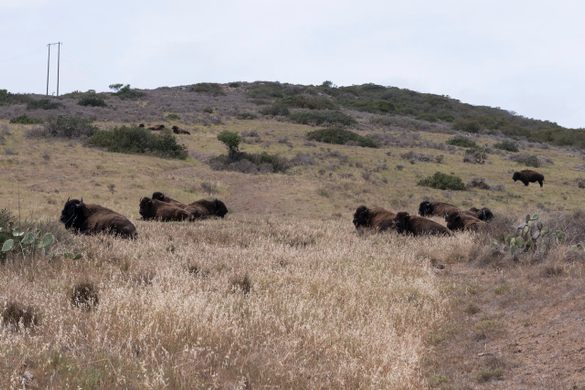
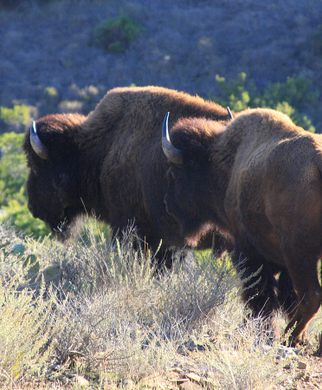






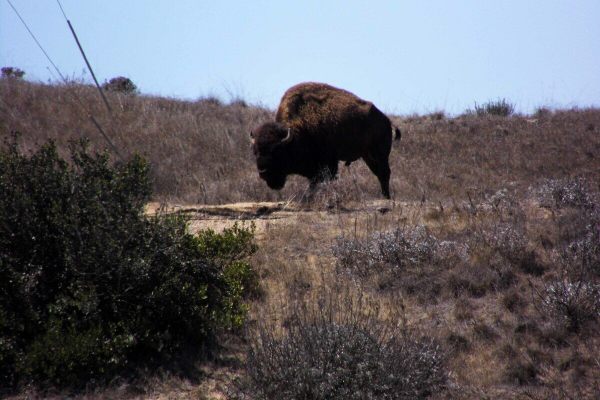
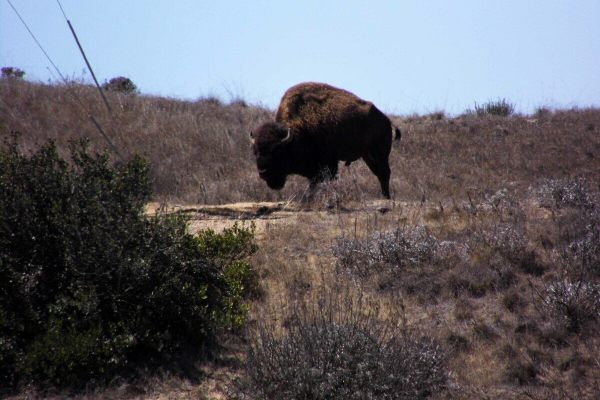



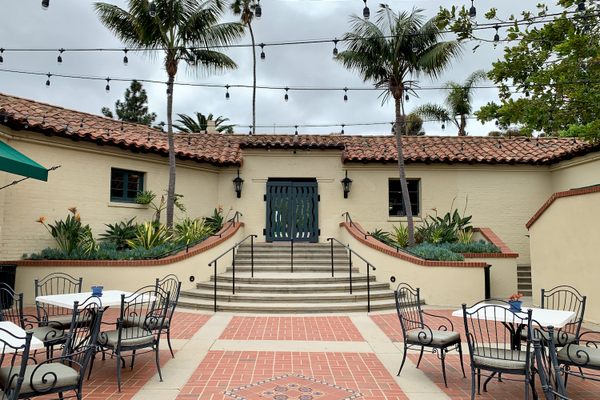
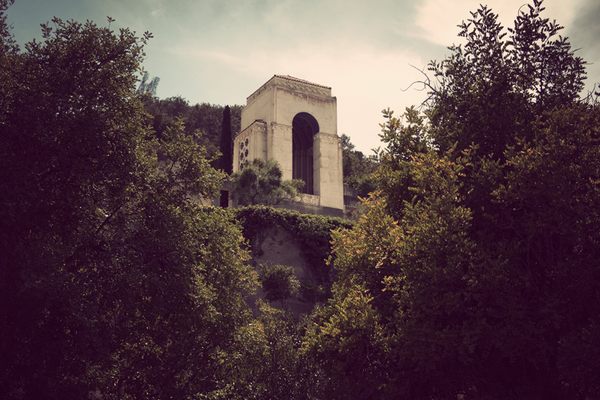

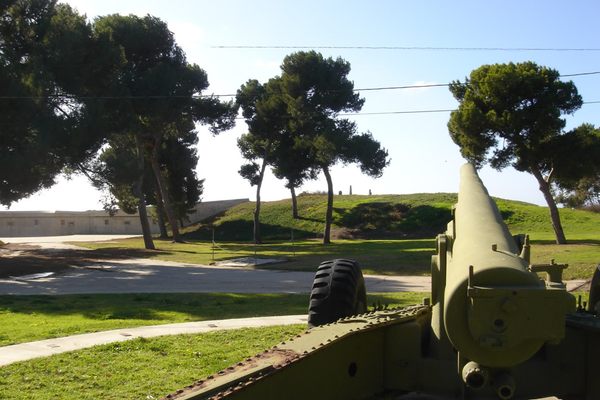



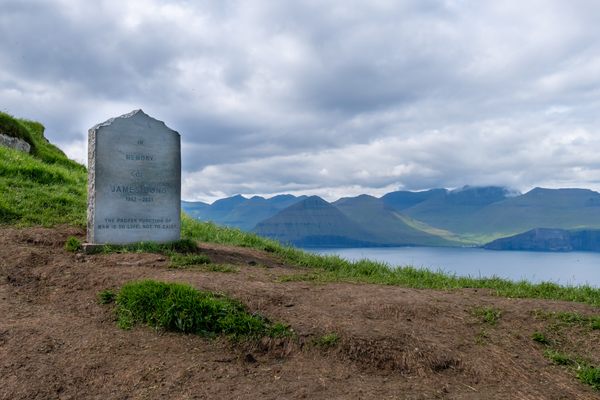


Follow us on Twitter to get the latest on the world's hidden wonders.
Like us on Facebook to get the latest on the world's hidden wonders.
Follow us on Twitter Like us on Facebook